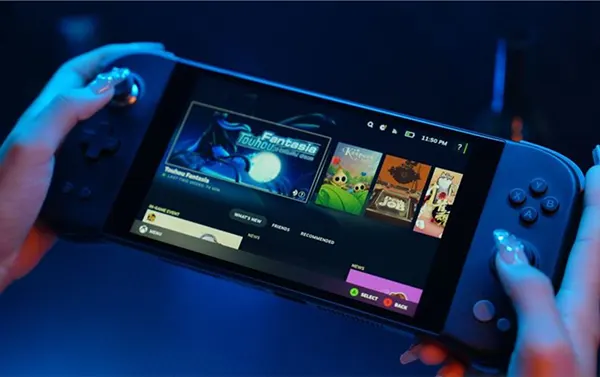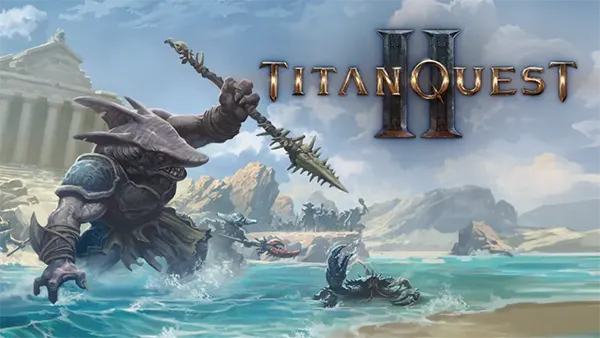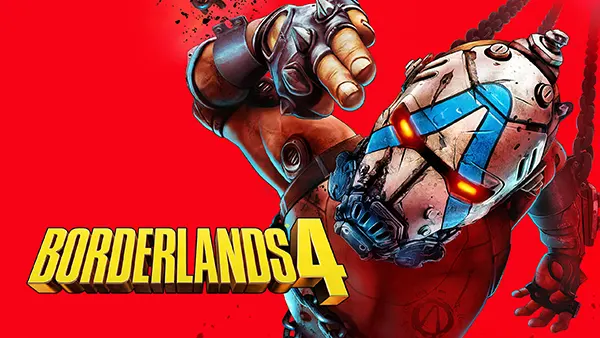
Retrogaming 2025: How Technology Preserves and Revives Gaming Heritage
In an era dominated by next-gen consoles and cloud streaming, the fascination with retro video games is not only thriving — it’s evolving. 2025 marks a pivotal point where modern technology no longer just emulates old games but helps preserve, restore, and reintroduce them to both nostalgic veterans and new generations of players. From open-source emulators to AI-powered graphic restoration, the movement to maintain gaming’s cultural legacy is more ambitious and technically refined than ever before.
The Role of Emulators in Digital Preservation
One of the cornerstones of modern retrogaming is the development of advanced emulators. These software tools recreate the hardware environment of classic consoles, allowing users to play older titles on contemporary systems. The likes of RPCS3 (for PlayStation 3) and DuckStation (for PlayStation 1) have made massive strides in compatibility and performance, even offering improvements such as higher resolutions and save state functionality.
Emulators act not only as entertainment enablers but also as cultural bridges. They provide accessibility to games no longer in production or those confined to obsolete media formats. Without them, many titles would simply fade into obscurity, inaccessible due to hardware failures or scarcity of original copies.
Importantly, emulation has become a vital tool for museums and preservationist groups. Institutions like The Strong National Museum of Play in New York utilise emulators to exhibit and archive games as part of digital history. In 2025, these tools are indispensable for academic, historical, and cultural study.
Beyond Gaming: Emulators as Educational Tools
Outside of pure gameplay, emulators offer insights into the technical and design decisions of earlier developers. They help developers and students dissect retro code, debug old logic, and understand how limitations of the past shaped game design. Some universities even include emulator-based assignments in their game development curricula.
This analytical use of emulation fosters a respect for the ingenuity behind retro games. It turns pixelated sprites and chiptunes into learning opportunities, emphasising how constraints bred creativity. Studying these elements promotes deeper appreciation and contextual knowledge in modern development.
Moreover, community-led documentation and reverse engineering efforts create a living archive. These resources are invaluable not just to gamers but to historians tracking the evolution of digital culture and software design.
AI Restoration and Enhancement of Retro Graphics
2025 also brings unprecedented progress in AI-based image enhancement, breathing new life into low-resolution classics. Tools powered by machine learning can upscale textures, smooth jagged edges, and even colourise black-and-white sprites, all while preserving the original aesthetic.
This restoration is particularly impactful for titles developed before the HD era, which often look awkward on modern screens. By improving visual fidelity without compromising authenticity, AI helps retro games remain visually appealing to contemporary audiences.
Fan-led projects have been at the forefront of this trend. Community patches enhanced by neural networks have rejuvenated classics like Chrono Trigger, Final Fantasy VI, and even arcade legends such as Metal Slug. These improvements are available as optional mods, respecting the choice of purists while offering alternatives for newcomers.
The Ethics and Accuracy of AI Enhancements
As with any technology-driven restoration, AI image processing raises questions of authenticity. Purists argue that enhancements may stray from the developers’ original intent. However, most tools in 2025 include user-controlled filters, enabling reversible changes and side-by-side comparisons.
Preservation groups now work closely with fan communities to create guidelines that balance fidelity with accessibility. The consensus is that as long as original assets are archived and untouched versions are available, enhancements are a supplementary benefit — not a replacement.
Some projects also incorporate AI-assisted dialogue clean-up and voice-over generation, bringing accessibility to the visually impaired or linguistically diverse players. The ethical framework continues to evolve, but the focus remains firmly on preservation and respect for legacy content.

Legal Boundaries and Copyright in Retrogaming
Despite technological leaps, retrogaming in 2025 operates in a complicated legal landscape. While emulation software itself is typically legal, distributing ROMs (game files) remains contentious. Legal disputes have emerged between publishers and archival advocates, drawing attention to the tension between copyright protection and cultural preservation.
There’s a growing movement towards reform. Advocacy groups, such as the Video Game History Foundation and Europe’s Games Preservation Society, lobby for exemptions that allow non-commercial preservation and access to “abandonware” — titles no longer sold or supported. They argue that such works, if not legally preserved, risk vanishing completely.
Some publishers have responded positively, re-releasing legacy collections or offering licensed emulators. Others, however, continue to issue takedown notices against fan-hosted ROM libraries, citing copyright infringement. In 2025, the conversation is far from settled, but public awareness and support for preservation continue to grow.
What Players and Developers Should Know
Gamers curious about retro titles should ensure they are using legally obtained software and ROMs, ideally through official re-releases or preservationist archives with legal clearance. Platforms like GOG.com and Antstream Arcade offer legitimate access to retro games, some bundled with custom emulators.
Developers, especially indie studios, can take inspiration from these efforts by making source code available, offering long-term access, or partnering with preservationists. Transparency and foresight in digital rights management go a long way toward future-proofing game libraries.
Ultimately, legal clarity benefits everyone: players gain access, historians gain documentation, and creators maintain respect for their work. As retro gaming matures, legal frameworks must adapt to the evolving digital ecosystem.


